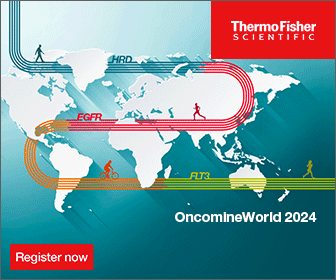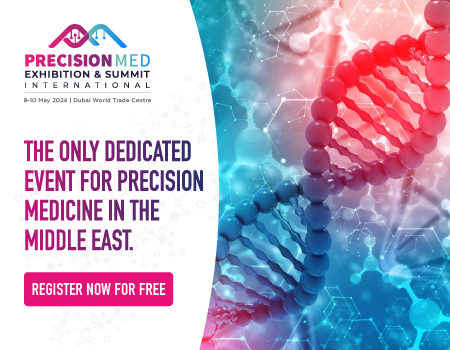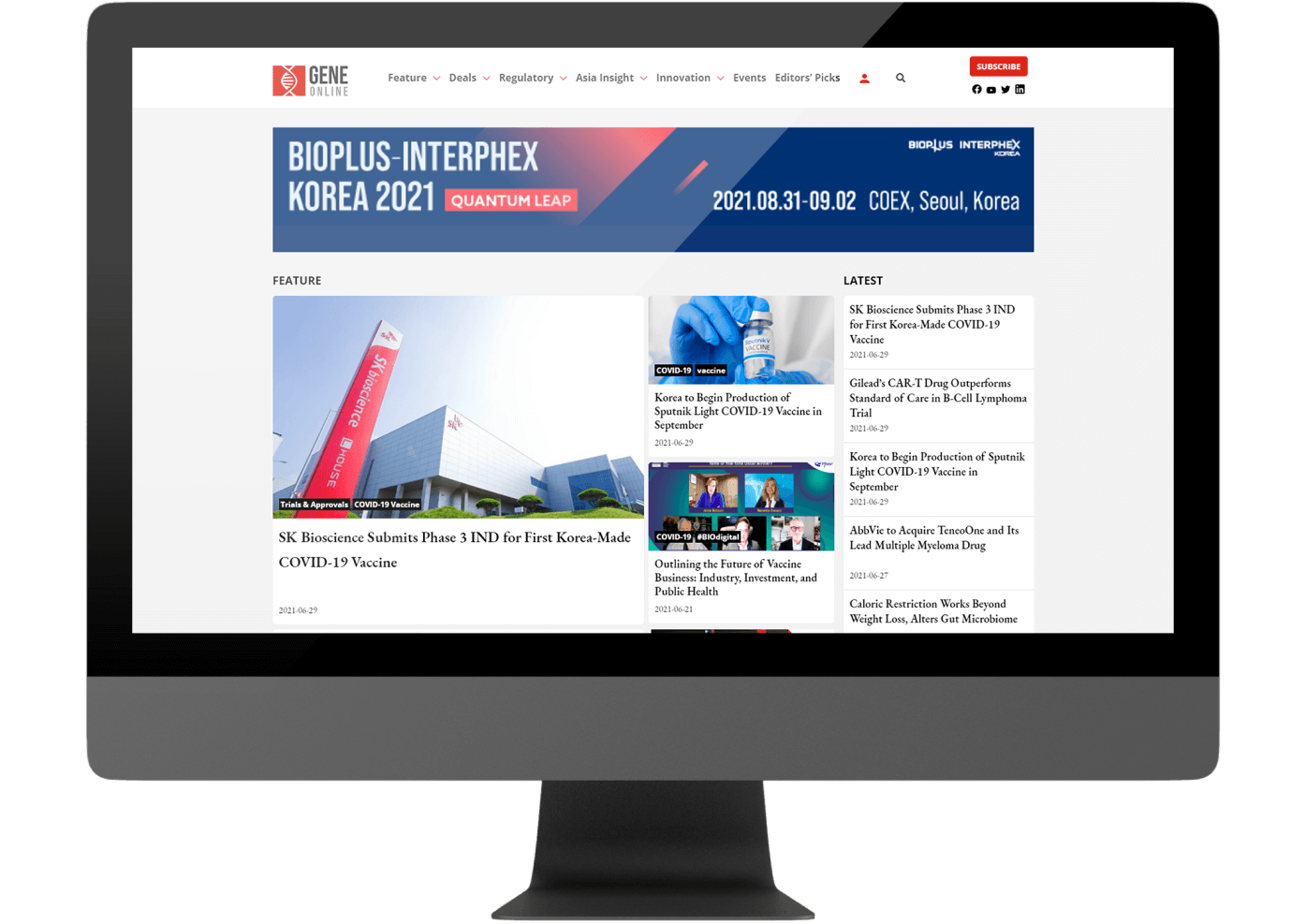CAR-T Therapy – a Boon for Cancer Treatment?
By T. Chakraborty, Ph.D.
Introduction
With the era of precision medicine dawning on healthcare, cancer therapies have gravitated towards pharmacogenomics and genetically modified adoptive cellular therapies. With traditional approaches like chemotherapy and molecular targeted therapies hampered by drug resistance, immunotherapy is fast evolving as the foremost player in cancer treatment. Recently, cancer immune checkpoint targeting and the usage of the host immune system to fight cancer cells have been increasingly implemented as cancer therapies [1] with successful outcomes. Of these newly researched therapy strategies, Chimeric Antigen Receptor T-cell (CAR-T) therapy is gaining a lot of traction in recent times.
What is CAR-T Cell Therapy?
CAR-T therapy is a new treatment that has mostly been used in hematological tumors where the host immune system is manipulated to enhance its response to fight and eradicate the cancer cells [2]. This therapy utilizes the patient’s naïve T-cells whose cytotoxic ability is enhanced by genetic manipulation [3]. The first generation of CAR-T cells only consisted of the non-major histocompatibility restricted receptor, however, they lacked the property of expansion. Hence, the second and the third generation of CAR-T cells have been genetically modified to express an antigen-specific, non-major histocompatibility restricted receptor and a co-stimulatory protein, including Cluster Differentiation 28 (CD28), Cluster Differentiation 137 (CD137 or 4-1BB), or Cluster Differentiation 134 (CD134 or OX40). While the receptor helps in the activation of T-cells, the co-stimulus helps in its expansion in the host [4,5,6].
Steps Involved in CAR-T Cell Therapy
When a patient’s blood is drawn, the naïve T-cells are separated from them and the remaining blood is returned. These cells are then genetically altered to introduce foreign DNA to produce the chimeric antigen receptor on the T-cell surface. These chimeric receptors identify the antigen on the cancer cells and produce an immune response against them. Following the expression of the receptor, the T-cells are expanded in vitro and re-introduced into the patient where these chimeric receptor containing cells can target cancer cells [7].
Current Drugs and Development
To date, more than 600 clinical trials are either ongoing or have been completed around the world on CAR-T cell-based therapies. Thus far, most of these therapies have been concentrated on hematologic cancers targeting the CD19 pathway. In earlier phases of clinical trials, various studies have reported that CAR-T cells targeting CD19 pathways lead to around 70% improvement in chemotherapy-resistant leukemia patients [3,8,9]. Taking a cue from these encouraging results, two CAR-T therapies were tested in clinical trials. Tisagenlecleucel (Kymriah by Novartis), an anti-CD19 CAR-T cell therapy utilizes the 4-1BB as a costimulatory protein and lentiviral mode of delivery. Treatment with this drug resulted in a 52% response rate in the JULIET trial in patients with lymphoma [10].
Axicabtagen-ciloleucel (Yescarta) is the other CD19 CAR-T cell therapy that uses CD28 as a co-stimulatory molecule. This drug was administered in 108 patients in the ZUMA-1 trial which lead to an overall response rate of 82% [11]. These successful clinical trials resulted in their FDA approvals in 2017 and 2018, respectively. Aside from CD19 targeting therapies, CAR-T cells targeting other molecules have shown exciting results. An anti-CD22 therapy has shown a 73% success rate in patients who are resistant to CD19 targeting therapy. CAR-T cell therapies targeting other proteins like CD33, FLT3 and CLL1 are currently under investigation for leukemia [3]. Though most of these treatments have concentrated on treating lymphoma and hematologic cancers, some recent studies have shifted focus on treating challenging solid tumors. One of the Phase I trials that used Her2-specific CAR-T cells in patients with glioblastoma was safe but no patient achieved full response [12].
Current Challenges
CAR-T cell therapy comes with its share of challenges and side effects. This kind of immunotherapy can be associated with a lot of toxicity. One of the major toxicities observed in clinical trials is the cytokine release syndrome which is characterized by the release of pro-inflammatory cytokines like Interleukins IL-1, IL-2, IL-6, Interferon γ (IFN-γ), and tumor necrosis factor-alpha (TNFα) [13]. Some of the major toxicological symptoms observed during the treatment of solid cancers are due to non-specific target effects. Furthermore, the efficacy, potency, expansion, and persistence of these engineered T-cells are not optimized and will take further genetic engineering and research. Another challenge in using CAR-T cell therapy in solid tumors is the lack of tumor homogeneity in these types of cancers. Solid tumor lacks surface markers and is characterized by internal markers, histological hallmarks, and location. Further, the tumor microenvironment may contain immune suppressive cells which will inhibit the CAR-T cell activation [3].
Improving CAR-T Cells
Due to the immense potential of CAR-T cell therapy, recent research has been focusing on reducing some of its shortcomings. Different variants that have the same potency as the parent CAR-T cells but reduced toxicities have been identified. Tocilizumab, another CAR-T based therapy has recently been approved by the FDA to reduce the adverse effect of cytokine release syndrome. Further, to improve the potency and persistence on the infused T-cells, recent studies are concentrating on infusing naïve T cells with central memory T cells. Additionally, the use of various growth factors for the expansion of T cells has been shown to improve persistence. Moreover, different strategies have been employed to improve the targeting of CAR-T cells. Retinoic acid has been successfully used to upregulate CD38 which helps in improving the specificity of the function of the CAR-T cells. Moreover, to bypass the immunosuppressive microenvironment, co-treatment with immune checkpoint inhibitors like PD-1 and CTLA-4 have also been implemented [3,14].
Future Directions
The clinical study results from the CAR-T therapies are promising and exciting giving renewed hope towards curing some of the most aggressive forms of cancer. However, further research investigating combination therapies and personalized immunotherapies coupled with the development of strategies to overcome existing pitfalls is warranted. In addition, other immune cells like natural killer cells are intimately involved in cancer etiology and their role needs to be looked into in further detail. Using the technology of chimeric antigen receptor cells in other immune cells like natural killer cells may be beneficial in eradicating the disease. To date, four clinical trials are ongoing with CAR-NK cells, but extensive research is required before they reach the clinic.
Editor: Rajaneesh K. Gopinath, Ph.D.
Related Article: Cancer Drug Resistance: Implications in Cancer Therapy
References
- https://jeccr.biomedcentral.com/articles/10.1186/s13046-019-1266-0
- https://www.cancer.gov/publications/dictionaries/cancer-terms/def/car-t-cell-therapy
- https://www.mdpi.com/2072-6694/12/4/842/htm
- https://www.ncbi.nlm.nih.gov/pubmed/21540550
- https://www.nature.com/articles/nm.3838
- https://www.ncbi.nlm.nih.gov/pubmed/19773745
- https://www.lls.org/treatment/types-of-treatment/immunotherapy/chimeric-antigen-receptor-car-t-cell-therapy
- https://stm.sciencemag.org/content/5/177/177ra38.long
- https://www.nejm.org/doi/10.1056/NEJMoa1407222?url_ver=Z39.88-2003&rfr_id=ori%3Arid%3Acrossref.org&rfr_dat=cr_pub%3Dwww.ncbi.nlm.nih.gov
- https://www.nejm.org/doi/full/10.1056/NEJMoa1804980
- https://www.nejm.org/doi/full/10.1056/NEJMoa1707447
- https://jamanetwork.com/journals/jamaoncology/fullarticle/2619711
- https://www.nature.com/articles/s41591-018-0036-4
- https://www.sciencedirect.com/science/article/pii/S1083879118311364
- https://www.simmonsfirm.com/about-us/giving-back/cancer-institute/
©www.geneonline.com All rights reserved. Collaborate with us: service@geneonlineasia.com









